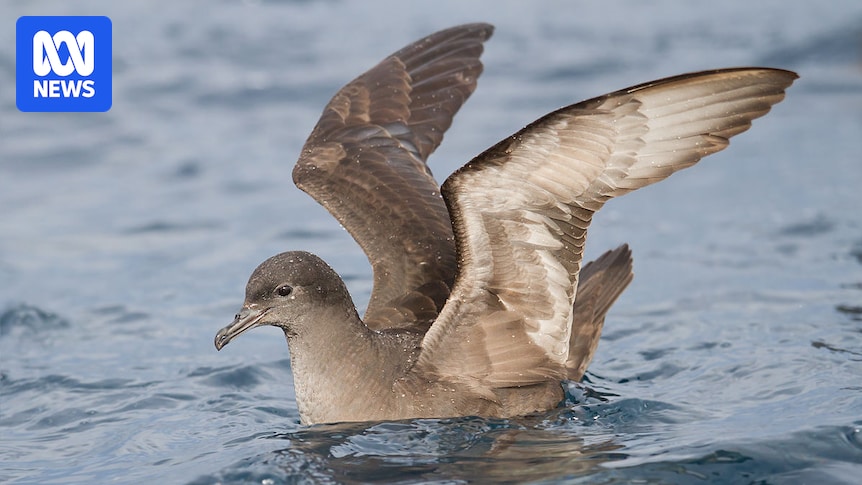
As spring unfolds across Tasmania, the island remains vigilant against the threat of bird flu, particularly along its rugged coastlines where wildlife is most vulnerable. The arrival of long-distance migratory birds such as shearwaters and bar-tailed godwits, which have traveled from regions affected by bird flu like the United States and Russia, raises concerns about potential transmission of the virus.
Simultaneously, scientists are investigating whether the deadly H5 strain of bird flu has reached the remote Australian sub-Antarctic territory of Heard Island, where there has been an observed increase in seal mortality. According to Jane Younger, an ecologist with the Institute for Marine and Antarctic Studies (IMAS), Tasmania faces risks from multiple fronts.
“When we first thought about how bird flu might reach Australia, the discussion was about it coming from the Northern Hemisphere with these seabirds and shorebirds returning to Australia every year,” she said.
The confirmation of bird flu on Heard Island is pending until samples are returned to Australia for testing in mid-November.
Global Context and Local Preparations
Australia remains the last continent free from the highly contagious H5 strain of bird flu, despite a contained outbreak of the H7 virus in Victorian poultry facilities earlier this year. However, the potential impact of the virus is a significant concern for authorities.
In the United States, the H5 strain has severely affected poultry businesses, leading to the death of nearly seven million farmed birds since September, as reported by The New York Times. The virus’s ability to spread between birds and other animals has also impacted dairy cows, with some dairy industry workers falling ill.
In Tasmania, the government is proactively preparing for the virus’s potential arrival. A major public information campaign is already underway to educate the public and mitigate risks.
“It’s not possible to say definitively when the H5 strain of bird flu will arrive,” Deidre Wilson, Acting Secretary of Tasmania’s Department of Natural Resources and Environment, told ABC Northern Tasmania Drive.
Concerns from the Front Lines
Wildlife carers, like Alice Carson, express concern over the seriousness with which Tasmanian authorities are addressing the risks. Carson recalls an incident last summer involving sick seagulls at Stanley wharf, where she received conflicting instructions from authorities on handling the birds.
“At one point, I was asked by Biosecurity Tasmania to take some of the sick birds home with me, while in the days that followed, I was told I should not have touched the animals,” she said.
A spokesperson for the department confirmed that H5 bird flu has “not been detected in Tasmania” and emphasized that responses to suspected animal diseases are “assessed on a case-by-case basis.”
Public Awareness and Future Risks
Carson advocates for immediate action, suggesting that bird flu warning signs be installed at all Tasmanian beaches to inform the public of the risks associated with diseased animals.
“Every access point to a beach should have signage, and we have a lot of beaches,” she said. “We should be able to home in and not install the signs everywhere, but just put them where we know the birds are going to come to.”
Michelle Wille, a senior researcher at the University of Melbourne, underscores the importance of this time of year.
“In our risk assessment work that we’ve done before, we’ve highlighted that the spring season — when all the birds return from overseas — poses a really high-risk window for the virus to arrive,” she said.
While Dr. Younger believes it is unlikely that the deadly strain has arrived in Australia via migrating birds this spring, she emphasizes the need for public awareness on managing the risk.
“Bird flu can spread from wildlife to humans, that’s documented,” she said. “We haven’t seen any human-to-human transmission, but there are cases of people who have handled sick animals — like dairy cattle or poultry — that have contracted the virus.”
As Tasmania remains on high alert, the focus is on monitoring migratory patterns and enhancing public education to prevent any potential outbreak of the H5 bird flu strain.






